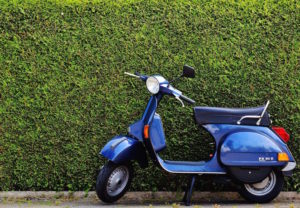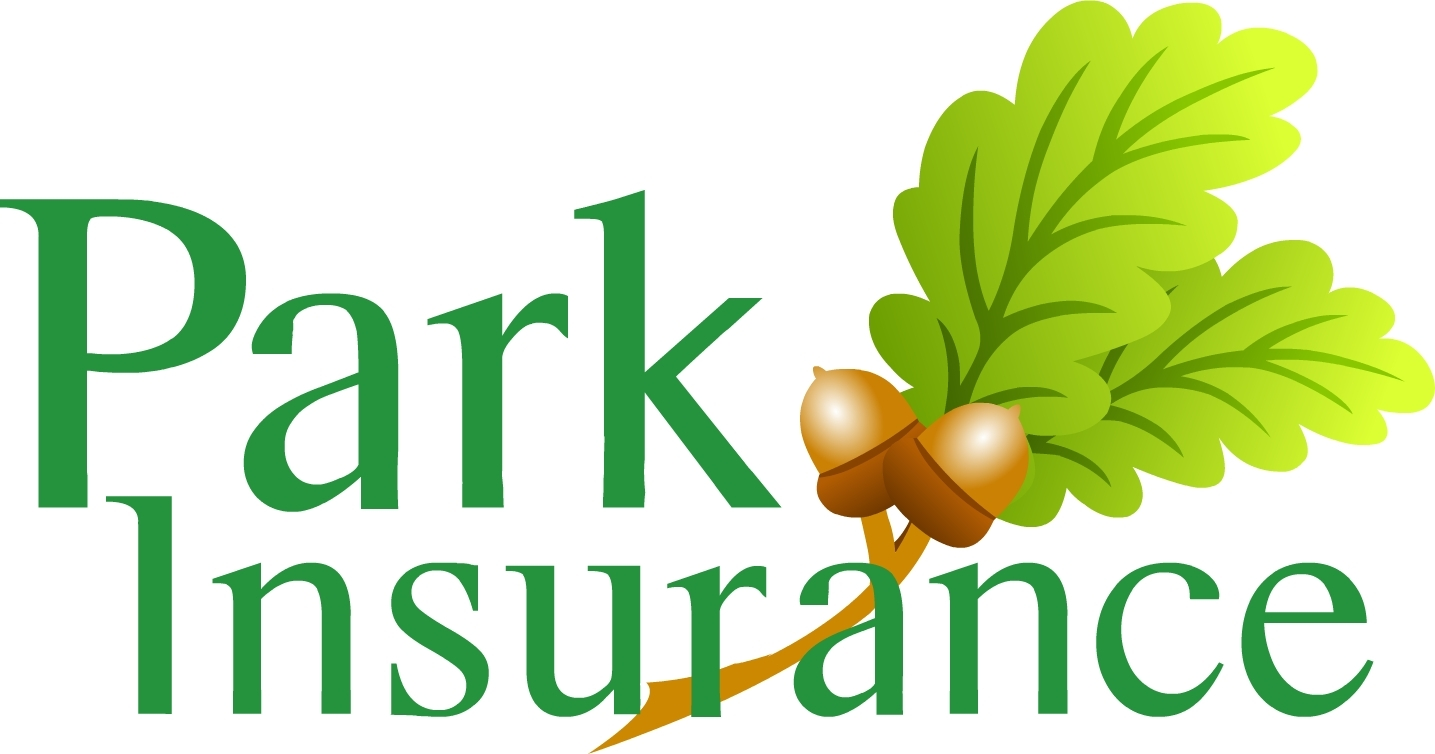VIEW OUR COMMERCIAL
As seen on TV

CHOOSE THE EASY OPTION FOR YOUR INSURANCE, WE’LL GET YOU A QUOTE IN NO TIME AT ALL.

How Hard is it to Learn to Ride a Motorcycle?
Have you ever watched a group of bikers ride past and thought to yourself, “That’s so cool! I’d love to be able to ride a motorbike!”? Or perhaps you’ve got an old classic motorcycle in the shed that’s been in the family for years, but needs a new carer to get it up and running? Whether you’ve sat on the back as a pillion, or never even been near a motorcycle, riding a bike is getting more and more popular among both men and women.
How hard is it to learn to ride a motorcycle? Here’s a quick guide to what you need to do to pass your test and start your motorcycling journey.
How old do I have to be?
To ride a motorcycle on the road in the UK you need to be at least 16 years and over. There is, however, no upper age limit for riding a motorcycle. Many bikers carry on enjoying riding well into their 60s, 70s or even their 80s. If you feel confident enough to handle the bike while it’s stationary then there should be no reason to stop riding!
There are several different types of motorcycle licence. Unlike a car licence (where you effectively have just two different types – a provisional and a full licence), the type of motorcycle licence you have will depend on what type of test you take and your age.
Types of licence
AM licence
This is intended for those over the age of 16 who want to ride a moped with no L-plates. However, you can ride on the road with L-plates for up to two years by taking the CBT or Compulsory Basic Training course (which all prospective motorcyclists have to take before being allowed out on the road). This means take-up of the AM licence has been low.
The only difference between the AM and the CBT is that an AM licence allows you to carry a pillion passenger on your vehicle. You are still restricted to vehicles of up to a maximum of 50cc with a top speed of around 28mph. Taking a pillion on a small moped would probably guarantee that you’d never get a speeding ticket!
The A1 licence
If you’re over 17 and want to move up from mopeds to larger vehicles once you’ve passed your test, you can apply for an A1 licence. You can then ride a motorcycle or scooter up to 125cc and carry a pillion passenger. After two years, you can then take a further test to upgrade to an A2 licence.
The A2 licence
This is for candidates over 19 years old and lets you ride a motorcycle of up to 500cc and carry a pillion. You can either take an A2 licence practical test after having your A1 licence for two years or, if you’re over 19 you can go straight to the A2 licence test.
The A licence
This is the licence that gives you full access to the world of motorcycling, as long as you’re over 21. A full A licence allows you to ride any size motorcycle. So if you’ve got a hankering for that Harley Davidson 1200cc cruiser then this is the licence to get. There are two routes to get your A licence. 1) You can go for a practical test after you’ve held an A2 licence for two years and effectively ‘upgrade’. 2) Alternatively, go through a Direct Access course with a qualified DAS instructor, which will include your CBT, theory and both Mod 1 and Mod 2 practical tests.
1) You can go for a practical test after you’ve held an A2 licence for two years and effectively ‘upgrade’.
2) Alternatively, go through a Direct Access course with a qualified DAS instructor, which will include your CBT, theory and both Mod 1 and Mod 2 practical tests.
Do I have to do a theory test?
Yes. Even if you already have a car licence, you will need to complete a theory test, which includes extensive questions on roadcraft, and a ‘Hazard Perception’ test. Once you’ve done the theory test you have up to two years to complete the rest of your training and tests, otherwise you’ll need to resit the theory test again.
The CBT
Compulsory Basic Training has to be completed by all motorcyclists, regardless of age or which licence they’re going for (or even if you just want to ride on L-plates without taking your motorcycle licence at all). A CBT course takes a day and should cost you around £100-£135. If you’re still not sure whether or not you want to go on to ride a motorcycle full time then a CBT is a good place to start, as it will give you the opportunity to ride for up to two years on L-plates so you can work out if you want to go further with your motorcycling journey or not.
You’ll do a classroom lesson and an off-road (or ‘pad’) section where you’ll learn how to manoeuvre the motorcycle, simple daily checks, and how to control the vehicle slowly. Then you’ll go out on the road with an instructor so that they can see you’ve understood what you’ve learned in the classroom and on the pad, and can translate it into ‘real-life’ conditions.
Going for your full licence
If you’ve done your CBT and your theory test, you can then go on to train for your full licence. For any of these, you’ll need to do a Mod 1 and a Mod 2 test. Mod 1 is your chance to show the examiner that you can control the bike through a series of set manoeuvres such as a U-turn, a slow slalom and a figure-of-eight, wheeling the bike, and that all-important emergency stop. It takes approximately 15 minutes and is the most intense part of the test, so you’ll need to make sure your instructor takes you through the required syllabus very carefully.
Mod 2 is an on-road test, where the examiner follows you for around 40 minutes along set routes to see how you respond to traffic, that you’re safe on the road, and that you’re confident on the motorcycle.
Phew! After all that, and as long as it’s all gone well, you’ve got your motorcycle licence and can start enjoying your riding!
Is it expensive?
Honestly? Yes. It is expensive to get your motorcycle licence these days. Expect to pay anything from £800 upwards for a full Direct Access course (including CBT and Theory tests). It’s also physically intense, with training crammed into just a few days and with the tests for Mod 1 and Mod 2 at the end of the course.
Is it worth it? Well, just look at the grin you’ll see on any motorcyclists’ faces as they glide effortlessly through the traffic and then out onto the open road, and you’ll see that it’s absolutely worth every penny!










